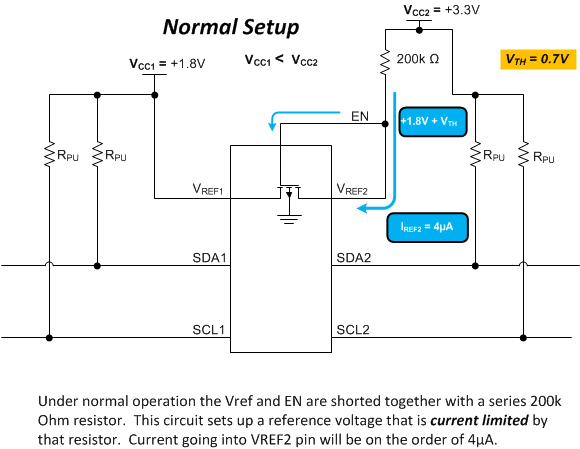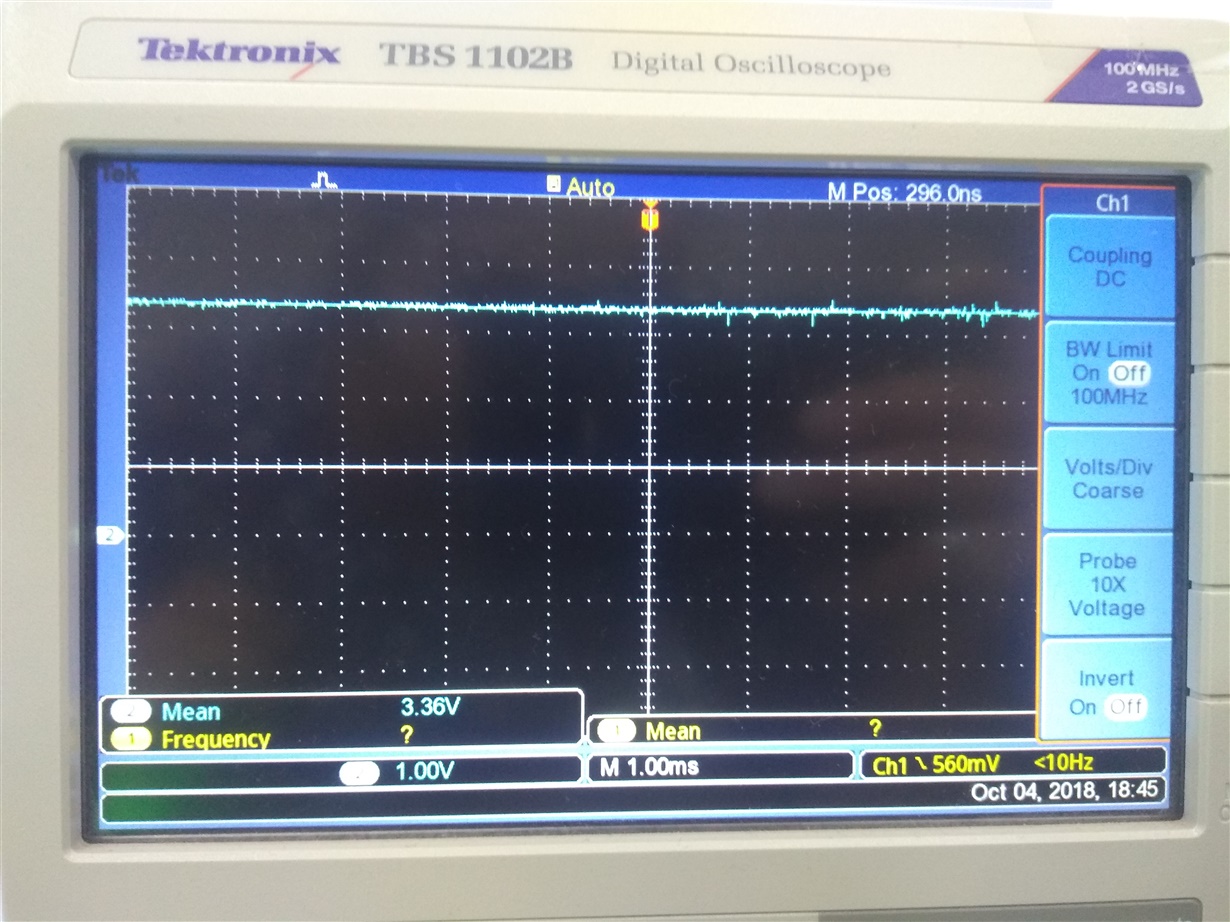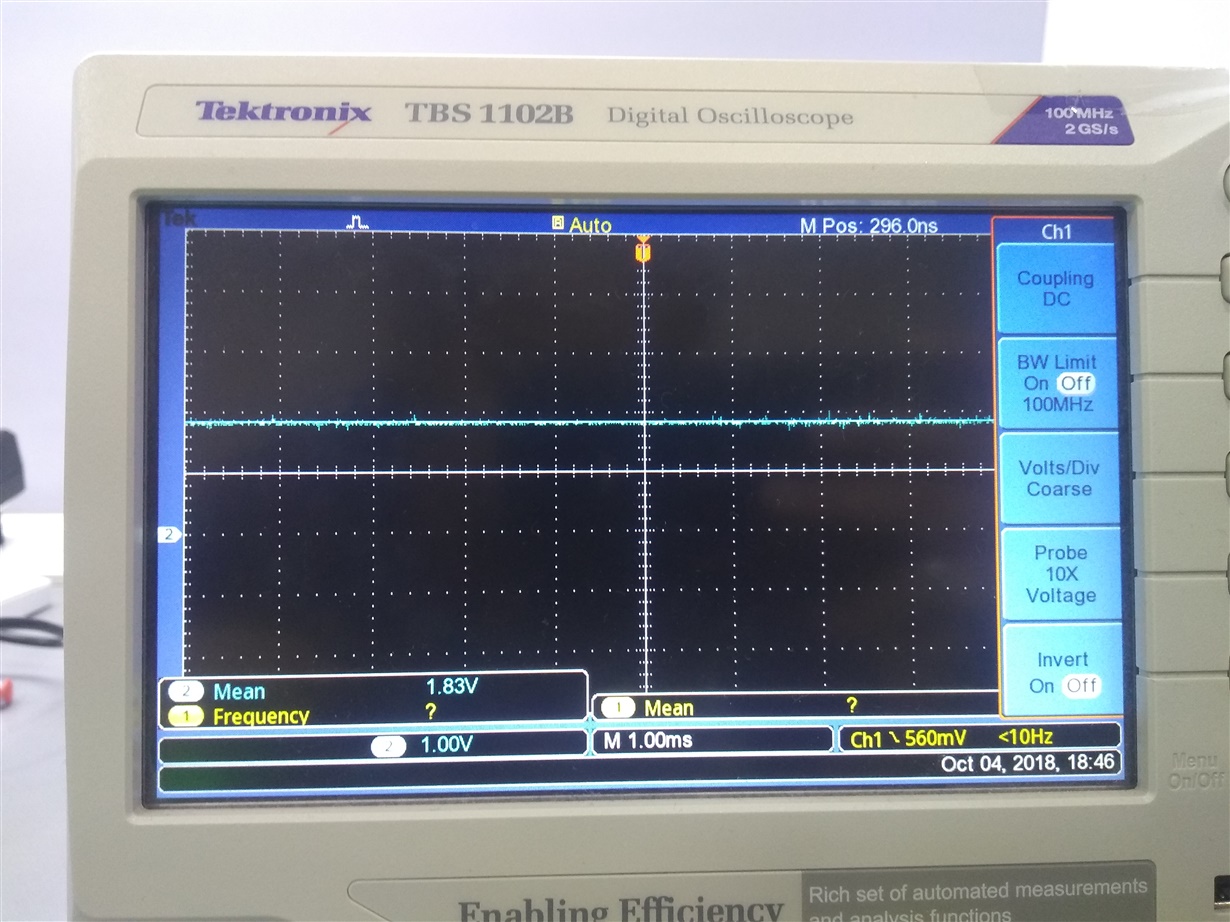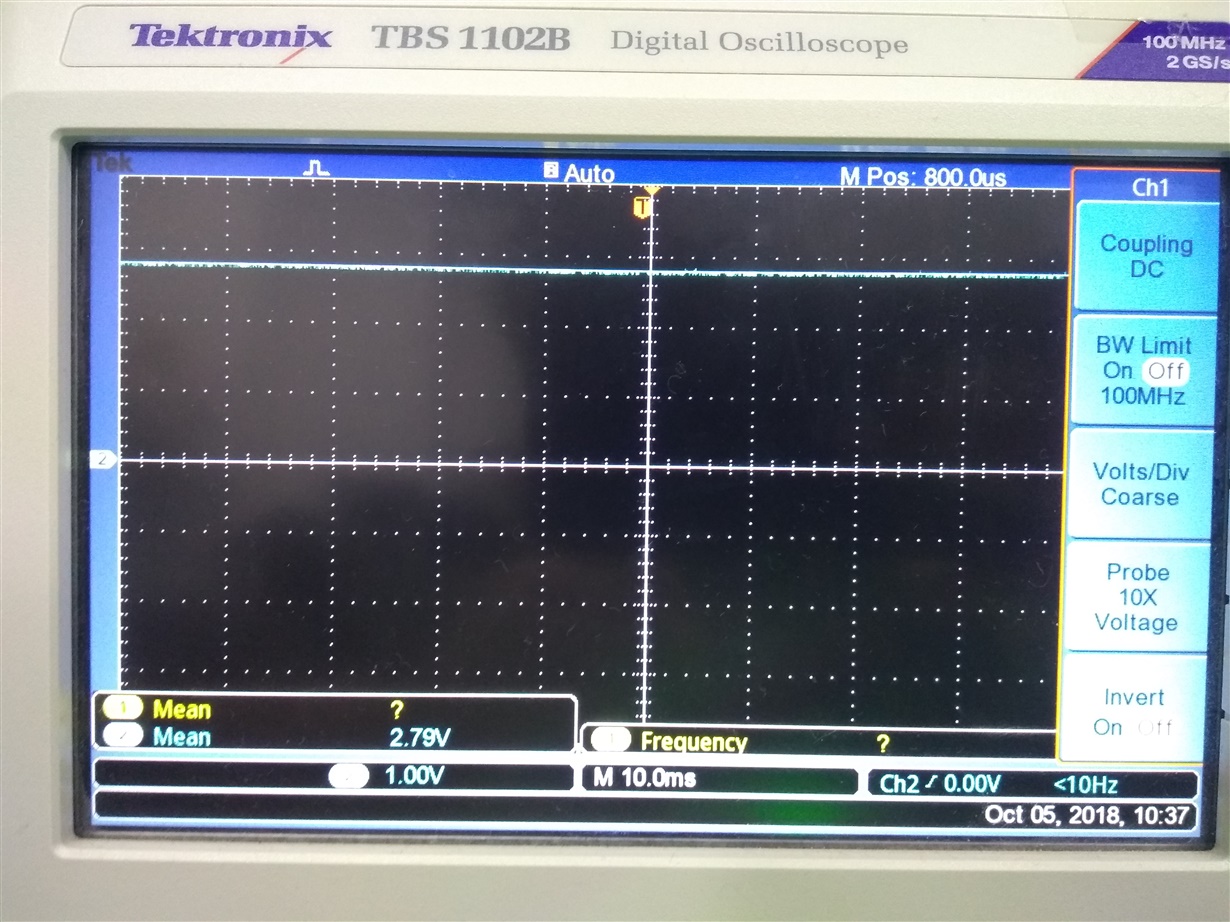Hi team,
We have used PCA9306 Level Translator in our one of project as per below Schematics.
We are converting 3.3V level to 1.8V level and at 1.8V side IMU Chip is connected.
There are few boards on which when I am connecting 100R resistor instead of 200K then only Level Translator works Correctly & we are getting the IMU Slave data Properly.
Waiting for your quick response.
Thanks and Regards,
Margisha Dave







